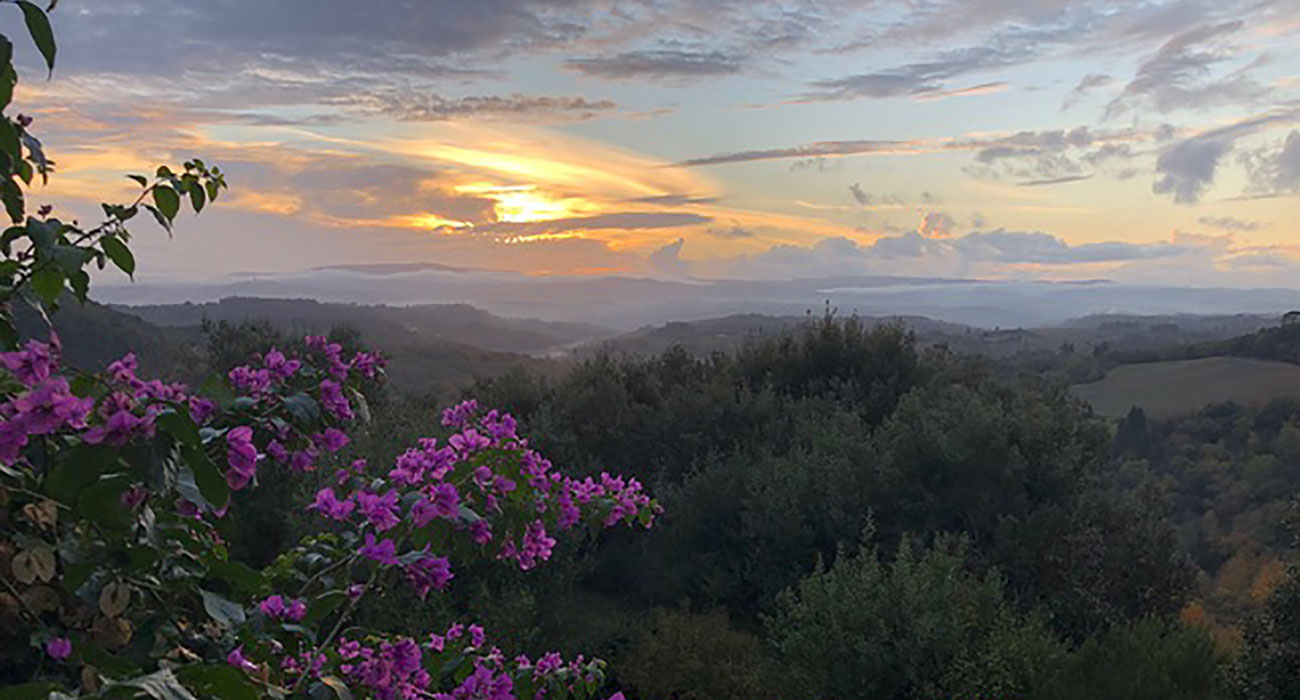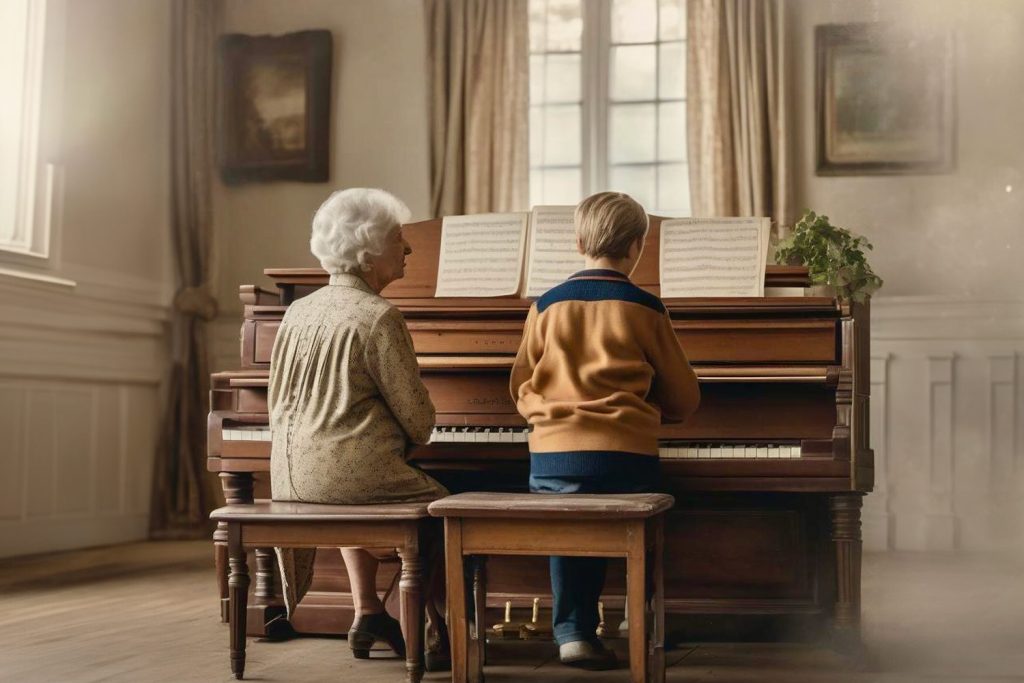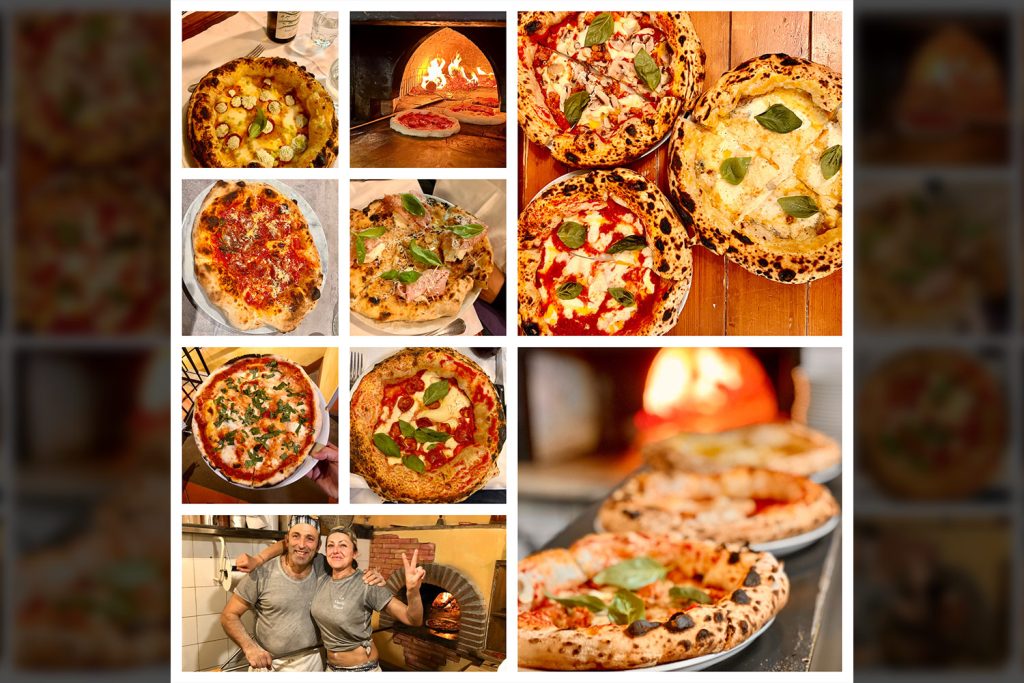VILLA IL SANTO, TUSCANY— December is the “slow period” over here. The grapes have all been picked. The olives have almost all been pressed. It’s cold and most Americans who would be traveling over here are gearing up for holiday schedules back home. Despite all of that, it’s one of my favorite times to be in Tuscany. The leaves are changing, the crowds are nonexistent, and it’s beginning to look a lot like Christmas.
Though in this part of Tuscany there are never crowds. I discovered this particular stretch of heaven-on-earth years ago when watercolor artist and collaborator Wyatt Waters and I were working on our third book “An Italian Palate.” We set up a basecamp at this villa and spent three weeks traversing the Tuscan countryside.
While working on the book, we covered the entire country—from the southernmost tip of Sicily to the Alps— but this area near the border of the Chianti Classico Region of Tuscany is what spoke to us, most.
Villa il Santo sits high on a ledge at the end of a gravel road facing 30 miles of grapes and olives to the west. It’s just off of a small stretch of road in a fraction (basically the Italian version of a suburb, except this one only contains a dozen or so 12th-century villas and buildings) called Petragnano. This blip on a map is located outside the small medieval town of Barberino Val d’Elsa, which is adjacent to another village on the Via Roma, Tavenelle Val di Pesa.
There are no tourists here. That is why we first came. That is why we continue to bring excited and enthusiastic visitors from America. Waters and I love turning people on to the people, places, food, architecture, and culture of this area.
On that original visit, Villa il Santo and the two neighboring towns were the perfect places to do the work that needed to be done for the book. The villa is in a remote area, yet 30 minutes from the city center of Florence and 30 minutes from the city center of Siena. Those two cities are filled with art, history, culture, and food. Florence is the birthplace of the Renaissance, and probably my favorite city in all of Europe. But it was the two small towns of Barberino and Tavernelle that made us fall in love with this area.
Waters and I assimilated into those two towns. We became known as, “L’uomo che dipinge, and l’uomo che mangia.” (the man who paints, and the man who eats). We made friends with the locals—friendships we still cherish today.
From the first minute of the first day that we set foot in this area, something seemed familiar. The language was different, the countryside had rolling hills, and the architecture was anywhere from 1000 years old to several hundred years old (the newer parts of town). But there was still something recognizable. It felt a lot like Mississippi. It felt like the south.
Some might scoff at that statement. Jaded Mississippians and cynical Southerners might never make a connection such as that in an area that has been idealized by everyone from the Romantic poets Keats and Shelley to 20th Century authors Edward Hutton and Frances Mayes. But sometimes we can’t see the forest for the (pine) trees. If one is willing to look past the inherent stereotypical caricature of Mississippi—even some of its citizens live with—it is clear and evident.
Tuscany is an agrarian society. They work the land. Though instead of cotton and soybeans on a flat Delta plain, their rolling hills fields are lined with olive trees and grape vines. The muddy boots, tractors, and long work hours during the peak season are the same.
Life is slower here than in other parts of Italy. Milan and Rome are bustling metropolitan cities. The people in Florence live easier and there is an indifferent and carefree attitude among the citizenry, except when it comes to football. They aren’t passionless people, quite the opposite. They are just passionate about different things— food, wine, relationships, and yes, football. In the countryside, the pace of life might even be slower here than in Mississippi and the American South. There is a local running joke about everything from schedules to traffic signs in which the Tuscans say, “It’s only a suggestion.”
Tuscans, like Mississippians, love food. Both groups of people were doing “local” before local was cool. Sharecroppers in the Tuscan countryside as the sharecroppers in Mississippi made do with lesser cuts of protein which made then become more creative in their cooking methods. All of that food is still available today in both cultures, and it’s not just tripe in Tuscany and chitlins in Mississippi. Various dishes and preparations have been passed down from generation to generation in both areas and are culinary traditions that are still alive in area restaurants, today.
One of the most prevalent characteristics that bind Tuscany and Mississippi is the value both societies place on family. We have made lifelong friendships over here and we have gotten to know the people and the children of the people. Our friends Annagloria and Enzo have three children Gemma, Bianca, and Pietro. They are a tight-knit family and, even though all of the children are in their twenties, they spend a lot of time together, travel together, and— in a couple of cases— still live together. The same goes for our friends Alberto and Barbara’s children Frederica and Carlotta, and our friend Marina’s children Felene and Alec.
There is a certain reverence associated with family over here, just as it is back home in Mississippi. The children seem to stick close to the family unit after adolescence and into adulthood. Ancestors hold a distinct reverence. One’s family name is important here, just as it is in Mississippi.
It feels like home even though it is 5,232 miles away.
The history is rich. The Via Roma (the road that leads from Bologna to Rome) is the road that Michelangelo traveled on his way to paint the Sistine Chapel. It cuts through the center of Tavernelle. It is so old and storied that when Jesus was walking on roads in Jerusalem, there were people traveling on the Via Roma.
As for me, I grew up a few blocks away from Highway 49, which travels from the Gulf of Mexico, through Hattiesburg, and up to the Mississippi Delta where it intersects with Highway 61, and the men that walked that road are responsible for America’s music (blues and rock-and0-roll) which became the world’s music.
In the early days when I visited this area, I often made the mistake of thinking that the history over here is thousands of years old and the history in America is only hundreds of years old. But I couldn’t have been more wrong. The native Americans started cultivating Mississippi land over two thousand years ago. We have an ancient society, too. The Choctaw, Chickasaw, and Natchez tribes were in Mississippi centuries before the Europeans arrived and they valued (and still value) family as much as we do today.
Onward.
If you want to see more of the villa, the area, and the people check out season two of our television show Palate to Palette.



